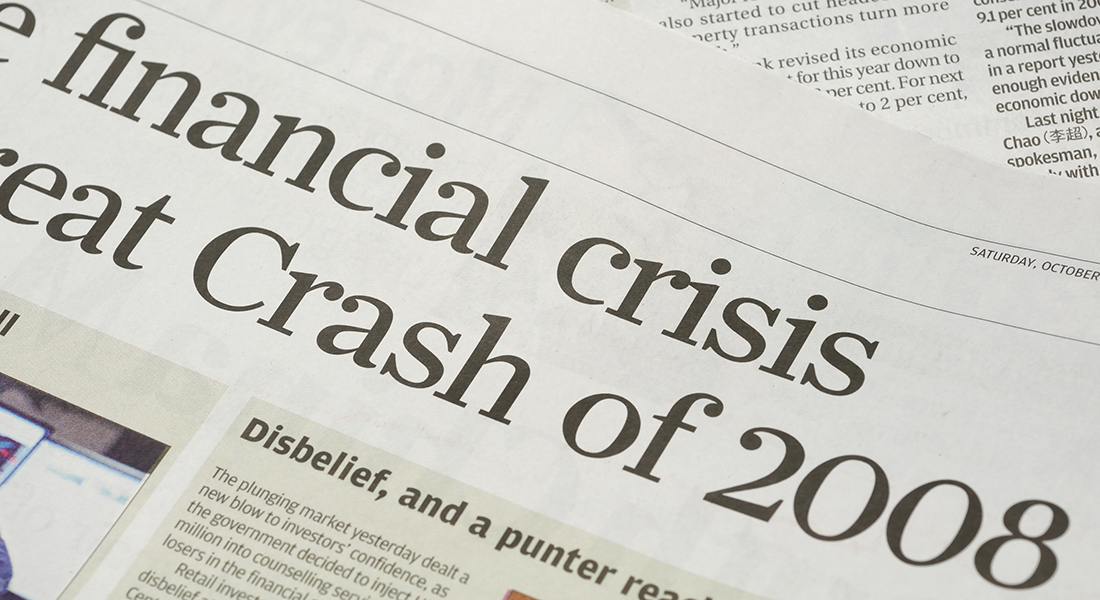With the 2008 global financial crisis, we witnessed an increasing number of individuals and organizations questioning the accepted approaches to economic theory compared to the past; we still do. Although this questioning had never ceased, the crisis, which we always thought was distant from contemporary life, began to make itself felt in a disruptive manner with all its unpleasantness, causing even those who rarely questioned or questioned at all to pause and think. As a result, topics such as the origins and development of capitalism, new economic theories, alternative economic models, financialization, and so on, started to occupy the agenda extensively.
The Role of Financialization in the Global Financial Crisis
Financialization can be defined as the dominance of the financial industry extending its influence beyond its primary purpose in various areas of economic life. To put it more clearly, financialization can be defined as companies shifting their borrowing structures from banks to other intermediaries, banks expanding the scope of their normal activities to target consumers with new products to increase their revenues, and households that were previously distant from or had limited use of financial products becoming more actively involved in these products at an unprecedented pace.
Historical Origins of Financialization
We can trace the origins of the dominance we now consider ordinary in financialization to the historical development of capitalism. Capitalism has experienced a cycle of construction-destruction-reconstruction during its development process. At its core lies the capital accumulation model specific to capitalism. The main determinant of capital accumulation is profit. The declining tendency of profit, depending on the dynamics of capitalism, is both the driving force behind the constant growth requirement and a threat to the continuity of capital accumulation. Recognizing this, economic actors gradually shifted their investments towards the financial industry, which they believed could generate more profit over time, in other words, where they could “earn more money out of money,” with lower costs and expenses and a more flexible structure.
Approaches to Conceptualizing Financialization
Among the various approaches attempting to conceptualize financialization, we can mention the Regulation School, Critical Accounting Approach, Socio-Cultural Approach, Institutional Approach, and Post-Keynesian Approach. These approaches seek to explain financialization through concepts such as the transition from a Fordist accumulation regime to a finance-based accumulation regime, maximizing corporate share values, corporate governance principles, high price increases in debt-based financial assets, coupon pool capitalism, increased role of households in financial markets, internal power structure of the market, economic growth, income distribution, and financial market liberalization.
Neoliberalism, Deregulation, and the Tragedy of Financialization
Based on these approaches, we can say that deregulation, one of the neoliberal practices in financial markets, reached its peak with financialization and created the main theme of “escaping to the future,” resulting in the familiar problems of today. Economic actors failed to realize or chose not to see that the financial products they used to distribute financial risk actually amplified their own risks and that the unsustainable virtual prosperity created by baseless asset price increases led to excessive consumption. They largely disregarded the voices that warned about this issue, which were often associated with alternative perspectives. As a result, the predictions of these individuals came true: the global financial crisis occurred in 2008, and the institutions diluted by neoliberalism became the last refuge for those caught up in the wave of financialization.

